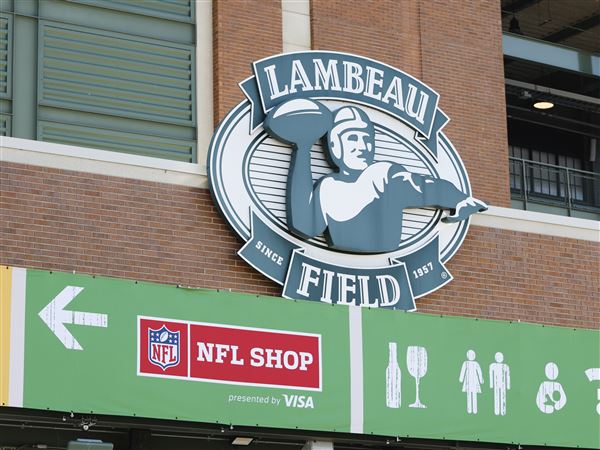WASHINGTON -- The U.S. penny is not what it appears to be, and some in Congress would like to see it change further, if not disappear entirely.
Because of a surge in the price of copper, the U.S. Mint decided 25 years ago to manufacture the coins almost entirely with zinc, save for the coating on which Abraham Lincoln's profile is engraved.
Now, the fate of the penny is up in the air once again. With the price of zinc soaring amid a worldwide commodities boom, it costs the government almost 2 cents to make each 1-cent coin -- a pretty penny considering roughly 8 billion new ones are placed into circulation annually.
While it is unlikely the penny will be pulled from circulation, there are some lawmakers who would like to ditch zinc as a raw material and instead use steel or some other less expensive metal.
The nation's sole supplier of zinc "penny blanks," Jarden Zinc Products, is lobbying the federal government to protect its interests.
The subsidiary of Rye, N.Y.-based Jarden Corp., paid Baker & Daniels LLP $180,000 in 2006 to fight legislation that would have allowed retailers to round off cash transactions to the nearest nickel, effectively creating a penniless society. Fortunately for Jarden, the House legislation did not gain traction, and its author, Rep. Jim Kolbe, R-Ariz., has since retired.
In the past two weeks, however, bills in the House and Senate were proposed that would give the Treasury Department the power to decide -- without congressional approval -- the type of metals used for all coins. The bills' authors said using cheaper metals to make pennies and nickels, which incidentally cost an estimated 10 cents each to produce, could save taxpayers $100 million annually.
It's just common sense to give the government that power "so we no longer have to spend so much money making our money," Sen. Wayne Allard, R-Colo., a bill co-sponsor, said in a statement.
Jarden's lobbyist in Washington, Mark Weller of the law firm Sonnenschein Nath & Rosenthal LLP, said House staffers recently assured him the latest bills wouldn't open the door to another effort to rid the penny. "We're satisfied, but we need to stay on top of that," Weller said.
A federal disclosure form filed today shows that Jarden spent up to $10,000 in the first half of 2007 on lobbying expenses.
A spokesman for Jarden Zinc, which is based in Greeneville, Tenn., declined to comment for the story.
Francois Velde, a senior economist with the Federal Reserve Bank of Chicago, said the federal government should rid the U.S. currency of pennies, or at the very least find a cheaper way to make them. Velde noted that equivalent coins in Canada, the United Kingdom and Europe are made from steel, which is roughly five times less expensive than zinc.
Weller said Jarden, which produces coin blanks for more than two dozen countries, is "agnostic" about the penny's metal content.
"Should Congress or the Mint suggest a different metal composition, like copper-plated steel or copper-plated aluminum, I'm sure Jarden would be interested in talking to the Mint about their capabilities," he said.
Jarden has been paid more than $170 million from 2004 to 2006 under a contract with the Mint, which places monthly orders, Mint spokesman Michael White said in an e-mail. The contract, which can be extended through September 2008, cannot exceed $450 million total, he added.
The Mint spent nearly $100 million manufacturing pennies in 2006, based on a 1.2 cent per-penny cost at the time. The cost has risen to 1.7 cents per coin in 2007, according to the Mint.
Since March 2003, global demand for core metals has driven up the price of zinc 450 percent, lawmakers said.
Weller, who has long lobbied for the penny with a group called Americans for Common Cents, argues the penny is good for the economy. Its absence, he said, would lead retailers to raise prices, influencing inflation. Weller also said past polls had shown a majority of Americans favor the coin, which was first produced in the United States in the 1790s.
Velde said he wasn't aware of any widespread movement in Congress, or elsewhere, calling for its demise.
"We are talking about small change," he said. "It's not something people get extremely excited over."
First Published: August 15, 2007, 6:30 p.m.















